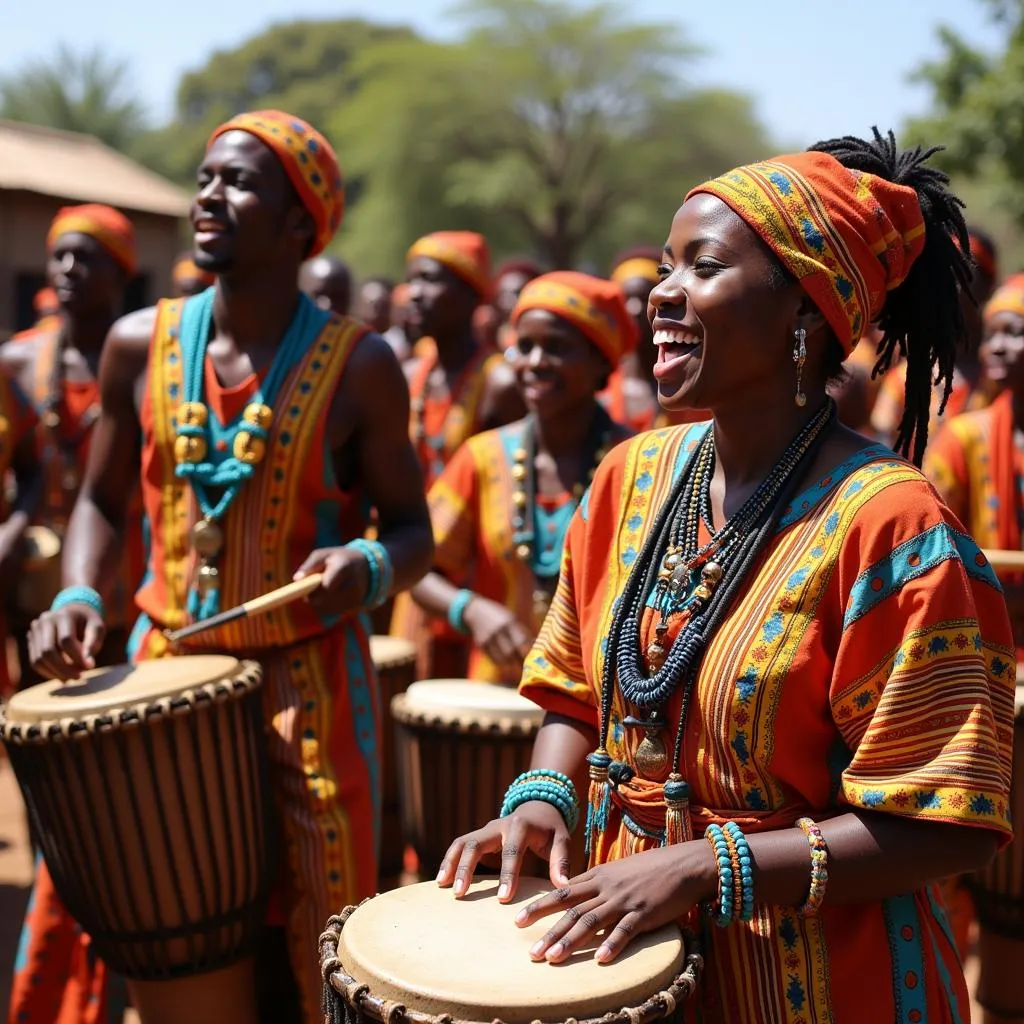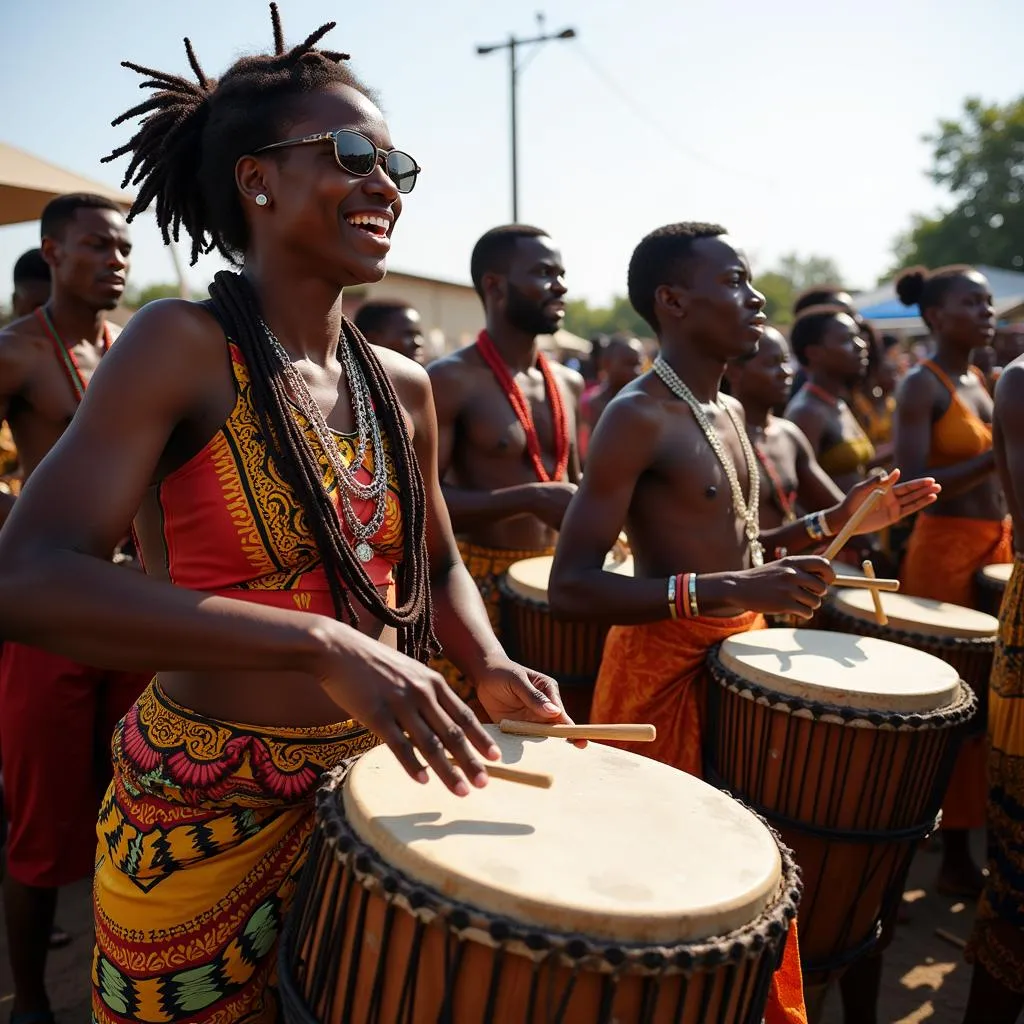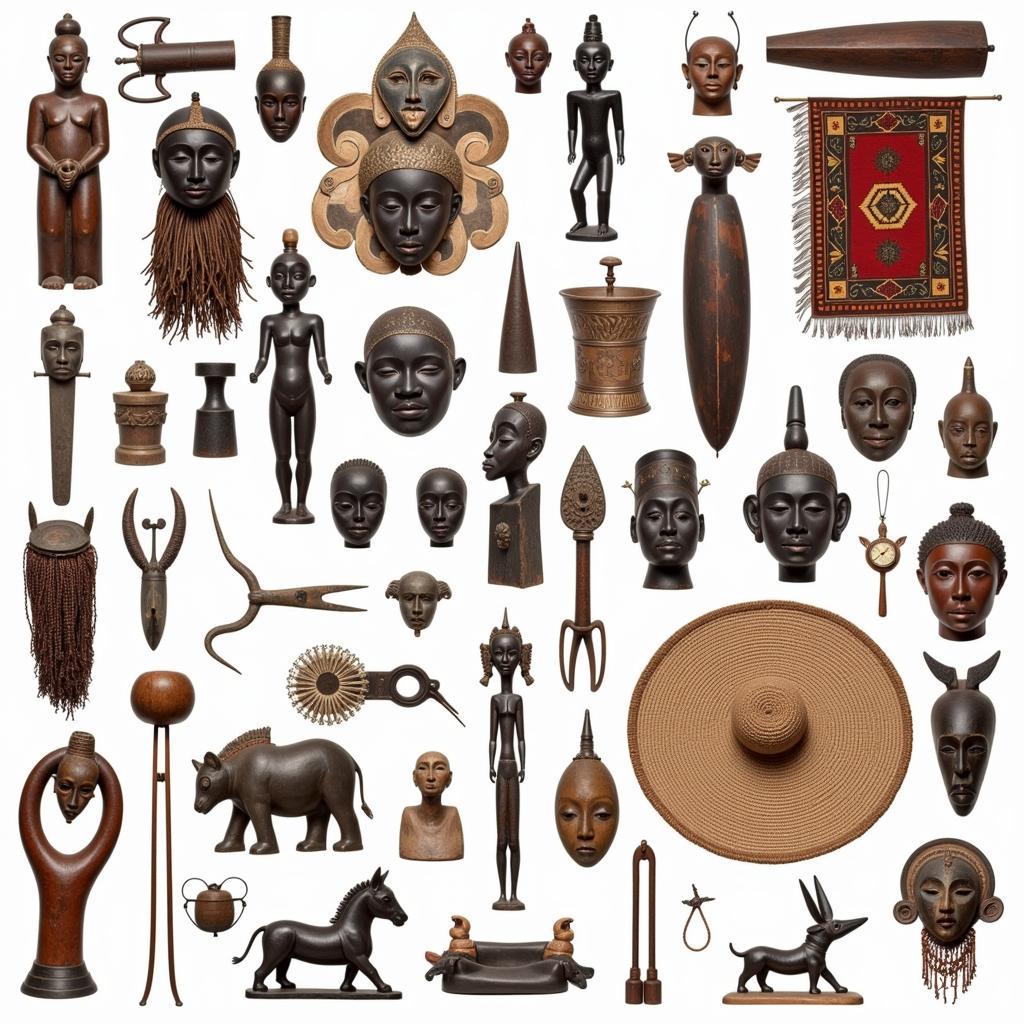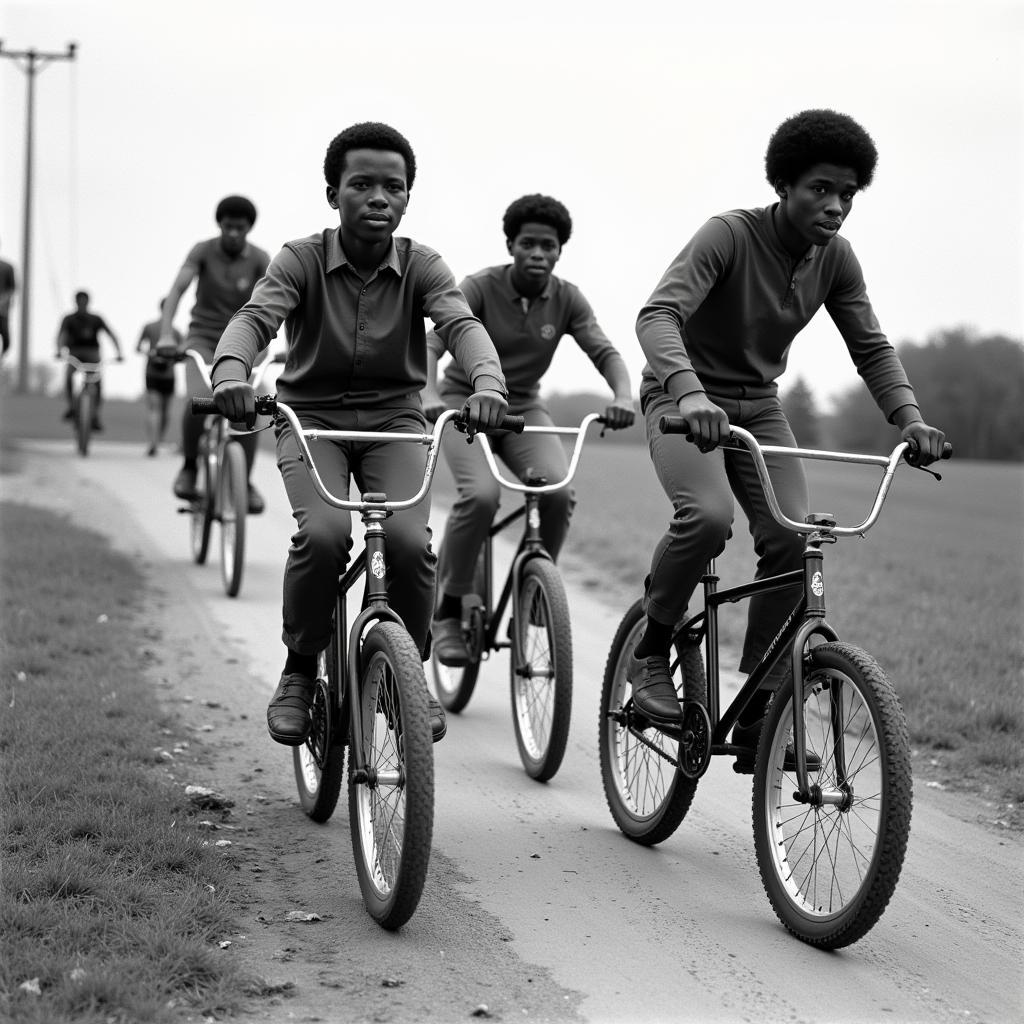African Drums Information: An Insightful Exploration of Rhythm, Culture, and History
African drums are more than just musical instruments; they are a vibrant embodiment of the continent’s rich culture, history, and traditions. From the deep rhythms that resonate through generations to the intricate designs that tell stories, African drums offer a window into the soul of Africa. This comprehensive guide explores the fascinating world of African drums, delving into their history, types, cultural significance, musical styles, and the profound impact they have had on music worldwide.
A Journey Through Time: The History of African Drums
The origins of African drums can be traced back thousands of years, with archaeological evidence suggesting their use dates as far back as the Neolithic period. Drums were an integral part of daily life, serving various purposes beyond music. They were used for communication, signaling, ceremonies, and even warfare. Different communities across Africa developed their unique drumming traditions, influenced by geography, language, and social structures.
The Diverse World of African Drums
Africa boasts a staggering array of drums, each with its distinct shape, size, materials, and sound. Some common types include:
- Djembe: This hourglass-shaped drum, originating from West Africa, is renowned for its deep, resonant sound and versatility in playing rhythms.
- Talking Drums: These drums, often found in Nigeria, feature a unique design that allows them to mimic the tones of human speech, making them a vital tool for communication and storytelling.
- Dundun: This large, cylindrical drum from West Africa is crucial for creating rhythmic patterns in traditional music and dance.
- Ngombi: Originating from Central Africa, this elongated, cylindrical drum features two heads and is known for its distinct, booming sound.
- Shekere: This gourd-shaped drum, commonly found in West Africa, features beads that produce a rattling sound when shaken, adding a percussive element to the music.
Cultural Significance: Beyond the Beats
African drums are deeply entwined with the cultural fabric of the continent, serving as a medium for expressing a wide range of emotions, beliefs, and values.
- Storytelling and Rituals: Drums are used to narrate historical events, tell myths and legends, and accompany traditional ceremonies, such as weddings, funerals, and festivals.
- Social Cohesion: Drumming serves as a powerful tool for bringing communities together, fostering a sense of unity and shared identity.
- Religious and Spiritual Expression: Drums are often used in religious ceremonies to connect with the spiritual realm, invoke ancestors, and seek guidance.
- Communication: In some cultures, drums serve as a form of communication, conveying messages over long distances or within a community.
The Music of African Drums
The music created with African drums is a captivating blend of rhythms, melodies, and improvisations.
- Polyrhythms: African drumming is renowned for its intricate polyrhythms, where multiple rhythmic patterns are played simultaneously, creating a complex and dynamic soundscape.
- Call and Response: A common feature of African drumming is the call-and-response pattern, where one drummer or a group of drummers initiates a rhythm, which is then responded to by another drummer or group.
- Dance: African drums are often played to accompany dance performances, providing the driving force and energy for movement.
Beyond Africa: Global Influence
The influence of African drums has transcended geographical boundaries, impacting music and culture across the globe.
- Jazz and Funk: The rhythms and techniques of African drumming have been integrated into Western musical genres such as jazz and funk, adding a unique layer of depth and complexity.
- Latin Music: The influence of African drumming can be observed in the rhythms and percussion of Latin American music, such as salsa and samba.
- World Music: African drumming continues to inspire contemporary musicians worldwide, resulting in a rich tapestry of sounds and influences in world music.
The Power of African Drums: A Legacy of Rhythm and Culture
African drums stand as a testament to the continent’s artistic heritage, showcasing the enduring power of rhythm, culture, and community. They serve as a reminder of the profound influence of Africa on music and culture worldwide, offering a glimpse into the vibrant and multifaceted soul of the continent.
 African Drums: History and Heritage
African Drums: History and Heritage
Frequently Asked Questions
- What are the most popular types of African drums? Some of the most popular types of African drums include the djembe, talking drums, dundun, ngombi, and shekere.
- What is the cultural significance of African drums? African drums are deeply ingrained in the cultural fabric of the continent, serving as a medium for storytelling, rituals, social cohesion, religious expression, and communication.
- How do African drums influence music worldwide? The rhythms and techniques of African drumming have profoundly impacted music worldwide, influencing genres such as jazz, funk, Latin music, and world music.
- Where can I learn to play African drums? Many music schools and community centers offer drumming classes that teach various African drumming styles. You can also find online resources and tutorials.
- What are some famous African drummers? Some famous African drummers include Babatunde Olatunji, Manu Dibango, and Sekou Kouyate.
 Celebrating African Culture Through Drumming
Celebrating African Culture Through Drumming
The Rhythm of Life: Embracing the Legacy of African Drums
African drums are a powerful reminder of the enduring power of rhythm and culture. From the ancient rhythms that resonate through generations to the modern interpretations that inspire musicians worldwide, African drums continue to captivate and inspire, carrying the spirit of Africa with every beat.

